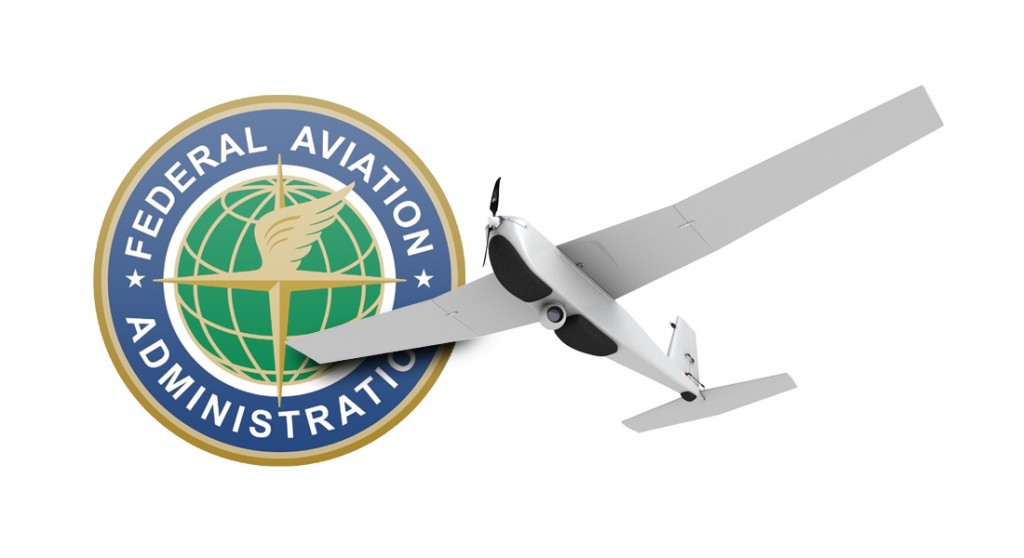
Robohub.org
Possible Leaked FAA Document Provides Hints Regarding Proposed Rulemaking for sUAS

A new document purporting to be prepared by the FAA Office of Aviation Policy and Plans provides hints regarding the anticipated proposed small UAS (sUAS) regulations. The possible leaked document is dated February 2015 and is titled “Notice of Proposed Rulemaking Regulatory Evaluation, Small Unmanned Aircraft Systems.” The document’s authenticity has not been established, however assuming that the document is authentic, here are some of the more noteworthy insights into the upcoming proposed regulations…
Line of Sight in Daylight Below 500 ft
The FAA proposes that operators must fly within visual line of sight. The document states that at this time “there is no acceptable technological substitute for direct human vision.” The document also proposes that operators are only permitted to fly between sunrise and sunset. The rationale provided for this requirement is that sUAS will be flying at low altitudes and flying at night would make it difficult to see people on the ground. The proposed rule requires operators of sUAS to operate below 500 ft. The logic behind this ceiling height restriction is that manned aircraft generally operate above 500 ft.
sUAS Registration Requirements, No Airworthiness
Each sUAS would have to be registered with the FAA. Registration would cost around $5 and would have to be renewed every three years. According to the document, the FAA Aircraft Registration database would enable the FAA and the public to identify registered owners and operators. The document states that “this information is necessary for FAA Aviation Safety Inspectors to perform their routine checks or to investigate an incident or accident.” Although sUAS would have to be registered, airworthiness compliance would not be imposed. Because sUAS pose a lower risk to people and property, the document provides that airworthiness compliance “would not result in significant safety benefits.”
No Pilot’s License but Requires Knowledge Test and Operator Certificate
A pilot’s license would not be required to operate sUAS. The document admits that the “training, testing, proficiency and experience requirements for obtaining a commercial pilot’s license have limited relevance to the nature of small UAS operations.” Instead, operators would have to pass a test demonstrating aeronautical knowledge and would be required to obtain a small UAS operating certificate from the FAA. The test would take roughly 3 hours to complete.
TSA Security Threat Determination
According to the document, the “TSA would [need] to determine if the operators pose a security threat. The TSA considers someone to be a security threat when he or she is known to pose or is suspected of posing a threat to national security, to transportation security, or of terrorism.” The estimated cost of a security threat determination is $130 per applicant. Although the proposed rule does not impose this fee on the operator, the document states that “at some point in the future these costs may be passed directly to the operator.”
Physical Capacity Certification
The document provides that sUAS applicants would have to certify that they have “no physical or mental condition that could interfere with the safe operation of a small UAS.”
Alternative Approaches
Finally, the document reveals alternative approaches that the FAA considered in the rulemaking process. For instance, the FAA considered parsing sUAS into subcategories based on weight, operational characteristics and operating environment. The FAA dispensed with this approach as it was deemed too burdensome. However, the FAA is apparently considering a micro sUAS rule for UAS under 2kg that meet certain operational parameters including operating at less than 30 knots below 400 ft within line of sight without use of FPV. Under the micro sUAS classification, the operator would not have to complete the knowledge test however a micro sUAS operating certificate would be required.
tags: c-Politics-Law-Society, cx-Aerial, FAA, sUAS rules




